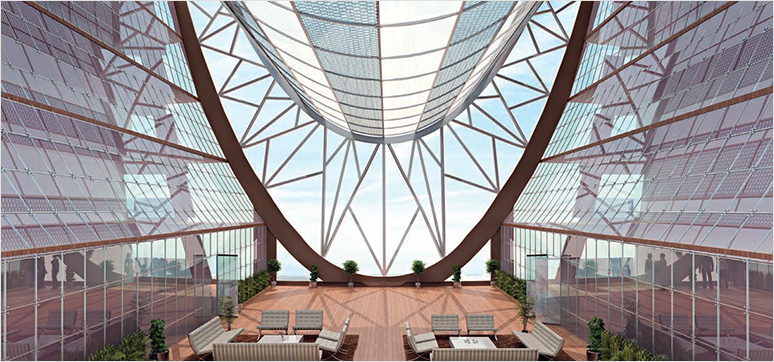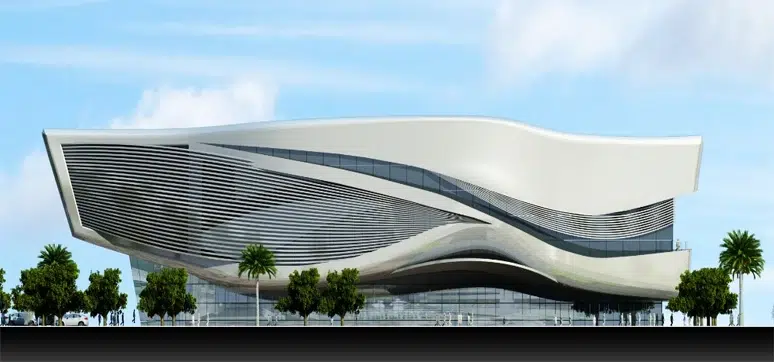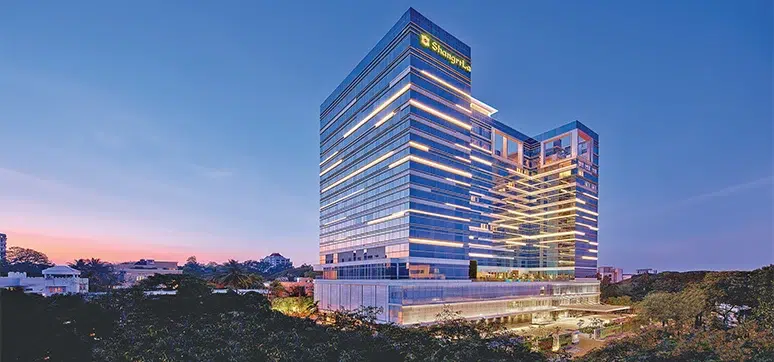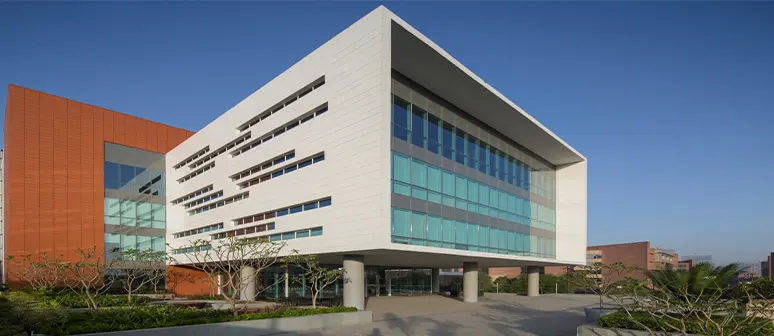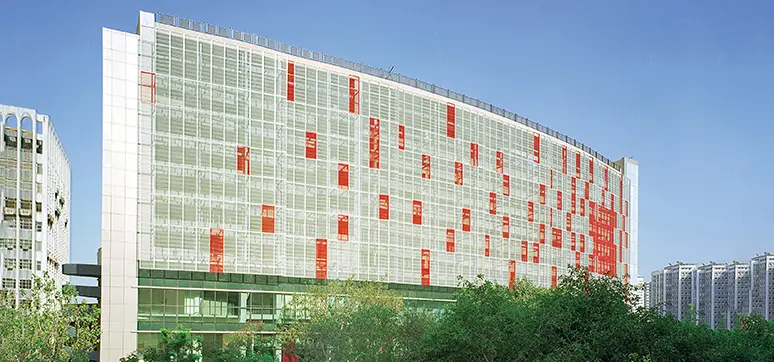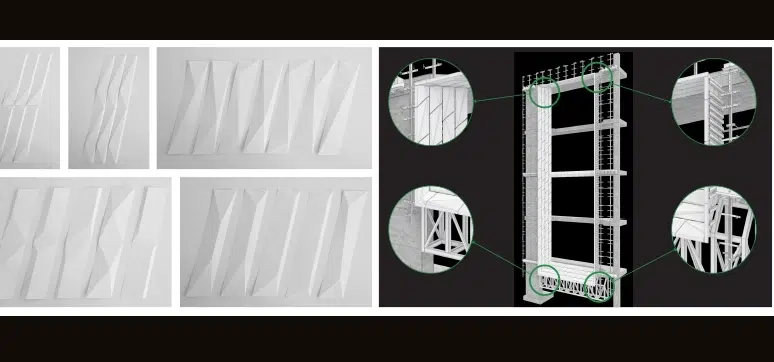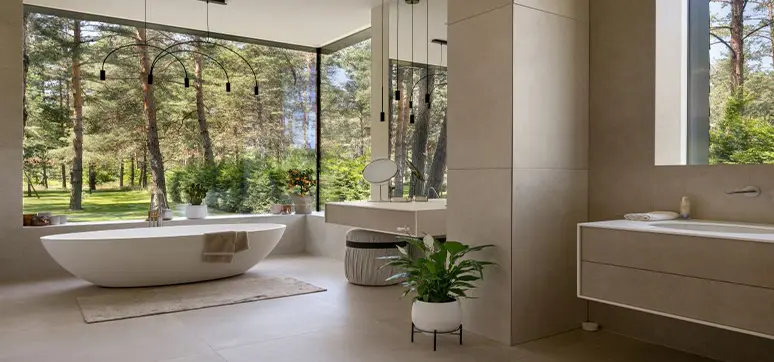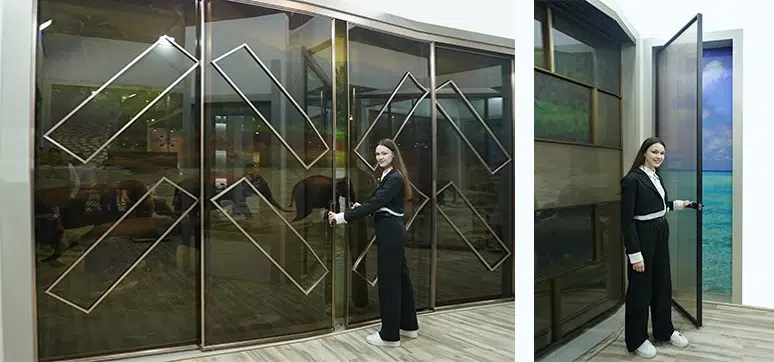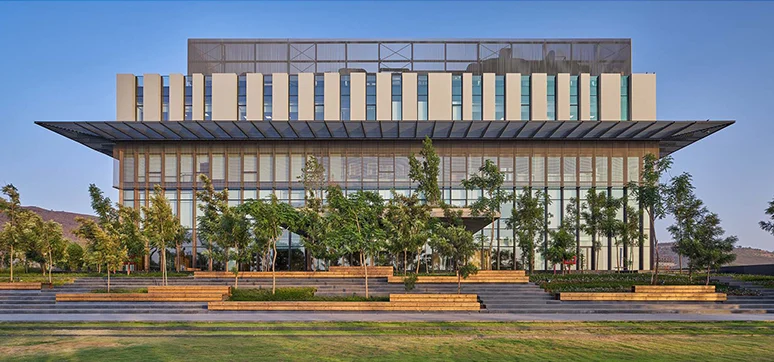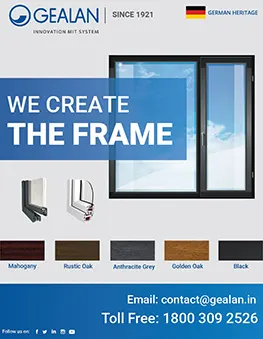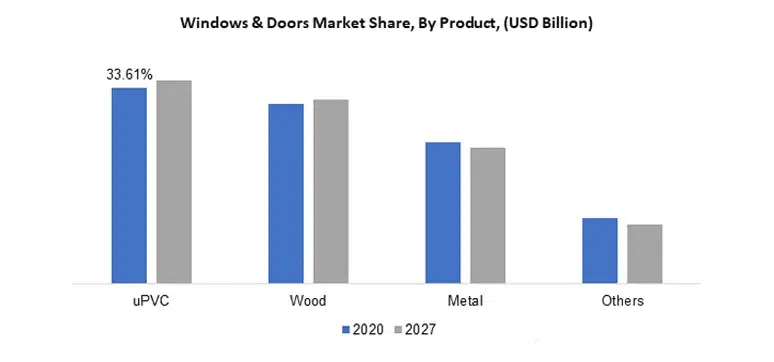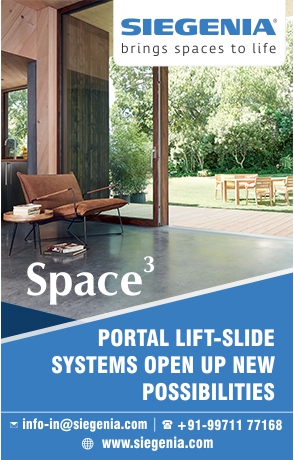Our Style is Always Evolving, Growing and Expanding
By:
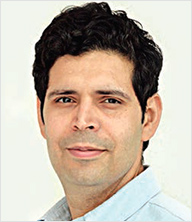
Ar. Karl Wadia, Senior Associate; Architect Hafeez Contractor; has always had a penchant for design. He graduated from The Academy of Architecture, Mumbai in 2003 and completed post graduate degree from the Columbia University in New York. His humble beginning in the field of architecture started as a young intern at Architect Hafeez Contractor’s office. Karl, through hard work and dedication, now heads a team of approximately 70 Associates, Architects and CAD Team, popularly known as ‘Karl Group’ at AHC (Architect Hafeez Contractor).
Ar. Karl Wadia spoke to WFM about an array of topics including his firm’s design strategies, important ongoing projects, latest trends and technologies in façade and fenestration design, and safety & security aspects to be factored during design.
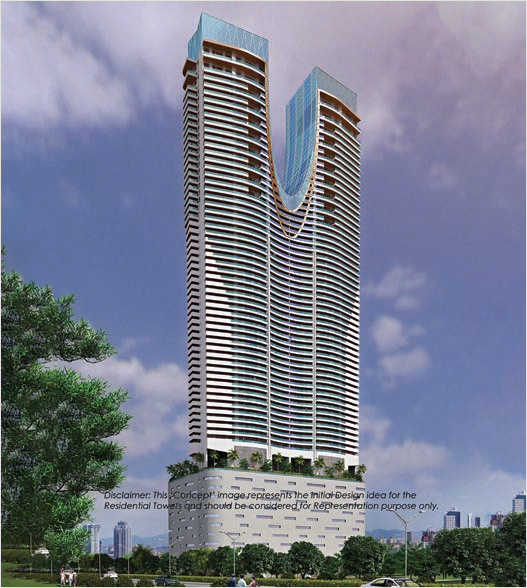
WFM: Can you describe the evolution of your work from when you began?
Ar. Karl Wadia (KW): Personally, when I began at Architect Hafeez Contractor (AHC) as an intern, I was still in school. I was lucky to have entered the field of architecture at a time when drawings were done by hand and being an architect was all about the ability to design while thinking and drawing at the same time. I have since been able to experience progress through CAD and an array of software that throw up possibilities that probably didn’t exist earlier. This has been a wonderful journey.
Right from the beginning we were fortunate to have a wide array of projects ranging from institutional, residential, office, IT, infrastructure; etc. We were never afforded the luxury of time to stop and process how quickly things were moving and progressing. To many this seems odd but we feel fortunate and truly believe that this approach has helped us have a key influence to India’s
frenetic growth.
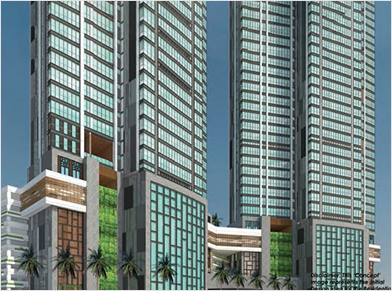
As the architectural landscape of the country evolves, clients visions and demands change and technology moves ahead; so do we. We believe that it is important to adapt ones ways and processes to the environment; much like architecture adapts to its context !
This in its own unique way also helps us always stay excited about new work and new challenges. We at AHC (Architect Hafeez Contractor)have been very careful not to stereotype our architects into residential/office/ hospitality/ healthcare/infrastructure/aviation/ interiors/master planning, etc. etc. as our practice has always believed that ‘design is design’ no matter what the scale or type.
I’ll quote one of my most respected clients who told me once – He said – “Karl, it is better to be proactive than re-active” I keep this phrase very close to my heart and remember it every time I need inspiration.
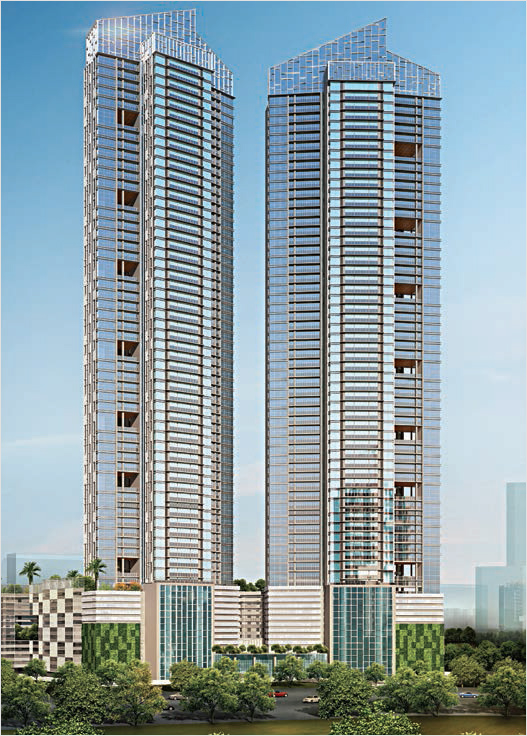
WFM: How would you describe your approach to design and what is your signature style?
KW: For a design to truly succeed, it needs to go full circle starting with a sense of euphoria and curiosity for the designer and ending with a satisfied user.
We do not believe in the concept of ‘signature style’ or ‘philosophy’ because style and philosophy are subjective and unlike an artist who creates art to express his / her’s deeper feelings about a subject; Architecture is a public service that is driven by function, science, gravity and beauty.
Buildings and spaces are inhabited by people for a specific purpose and therefore design should be a resultant of function and aspirations. And once both are met, buildings can often be the best canvases for artistic expression.
Many a times, clients ask for a particular style, like contemporary or traditional, but we do not commit ourselves as often enough the function itself brings out the form or the expression.
Both are true – “Form follows Function” and “Function follows form” and with this we carry on our work without prejudice.
We consider ourselves to be a very hard working and curious practice and our signature style if any is to always evolve, grow, adapt and learn as this keeps us excited about our work.
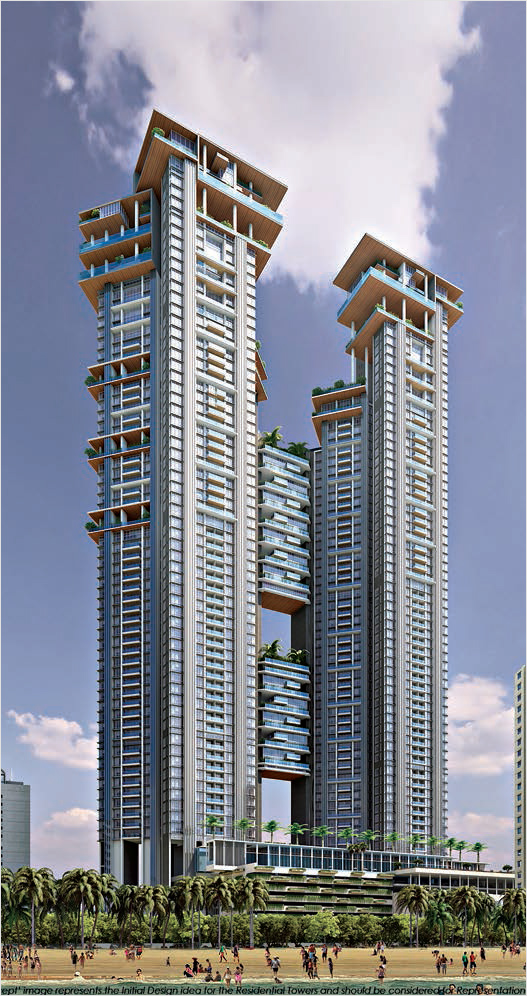
WFM: It is an era of iconic buildings. How do you work in a system like this and continue to bring out thoughtful and meaningful architecture?
KW: This is an oxymoron created by semantics. Iconic – Thoughtful – Meaningful all tend to mean the same thing. The same building is iconic for one, means something to another and can be thoughtful at large.
Only in text books and architectural discourse do we continue to teach people that if wants to practice pure architecture, it should not be iconic, but rather meaningful.
The best and most meaningful of architects have created the most iconic structures. On the same lines most of the iconic buildings worldwide mean something, symbolize something, and provoke thought. I’d like to leave it at that.
WFM: Please tell us about few of your most important projects.
KW: We are involved in 8 to 10 of the top high-rise projects in Mumbai (200 – 250 meters & more in height), and are all under construction.
We are also involved in several mid size – interesting projects like experience centres, bungalows, beach side villas, clubs, gymkhanas, etc. which we love and give us joy.
We also do a lot of MIG & LIG housing spread over hundreds and thousands of acres. We continue to bid for airports, railway stations & urban scale community projects.
We are highly motivated and love doing institutional work. We are doing large 300+ acre campuses across the country for BITS Pilani, Manipal University, RGIPT, Infosys, TCS, and several other.
We do mixed use projects. The two largest convention centre with residential & with hotel & office projects in India are being done by AHC(Architect Hafeez Contractor), one in Mumbai and one in New Delhi.
Doing the full spectrum of work helps us to stay in touch with reality and we are fortunate that a large percentage of our work is under construction and being completed.
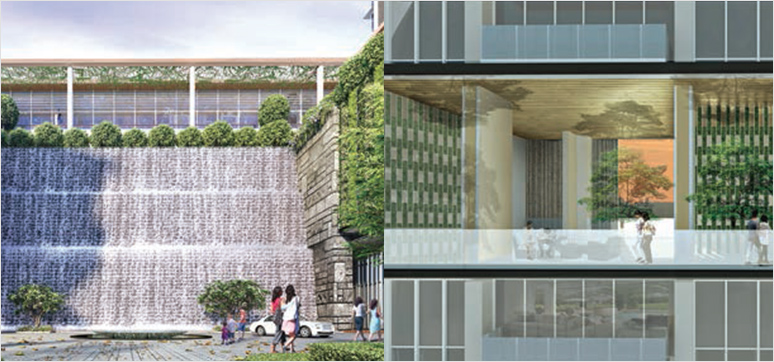
WFM: According to you, what is a Green building? What do you feel is the greatest challenge when it comes to designing for environmental sustainability?
KW: A ‘Green building’ is a right mix of planning, use of material and technology; in the order mentioned.
Green Buildings are often reduced to the selection of glass, or the selection of cladding materials; or the points you score on a prescribed rating system.
A truly Green project starts with planning, orientation and judicious use of land. At AHC(Architect Hafeez Contractor), we believe when more mass is packed into a smaller foot print by going vertical, that itself is a Green approach because you save land, materials and use of concrete and steel, labour, etc. which somehow tends to be understood in the reverse way. We were the first to harp on this for several years.
Even the Supreme Court now recognizes these values and hence the Environment Ministry has strict regulation on ground coverage and true Green (Green on Mother Earth). When it got passed by the SC, everyone started to follow it. At AHC(Architect Hafeez Contractor) we followed it decades ago as it was part of our philosophy to save land. Mr. Contractor has been advocating this since the past 35 years
We have done many ‘Green Projects’ – low rise, mid rise& high rise. To name one, the Manipal University Campus at Jaipur has been awarded the LEED Indian- Platinum rating for Energy Conservation and Environment Design 2016. It has also received the LEED Platinum Certificate & Green Rating for Integrated Habitat Assessment (GRIHA) award for water management. We worked tirelessly with an ambitious client to whom this was very important and an environmental consultant (Terravidis) who guided us well but the inception was the planning. We created a narrow street grid in the heat of Jaipur that provides 90 per cent natural shading and in this half the battle was won. We complimented this planning with the use of good materials such as insulated blocks, cool tiles, correct waterproofing, undulations, etc and finally technology such as sewage and water treatment, low flow fixtures, timely water heating systems, so on and so forth.
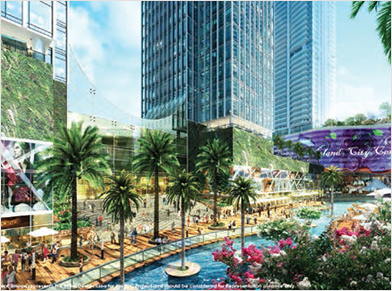
WFM: Talking about materials for facades, how do you choose them for your projects?
KW: Selecting a facade is a very important responsibility for an architect because it directly affects the performance and appearance of the building, and the comfort and confidence of the user. We choose our materials based on project demands such as sustainability, cost, functionality, maintainability and very importantly aesthetics.
Our office participates and attends in exhibitions and conferences of new materials and we try and understand the process of manufacture too. Our first question to any vendor is always –‘Is this made in India?’ Once the answer is yes, we get very excited!
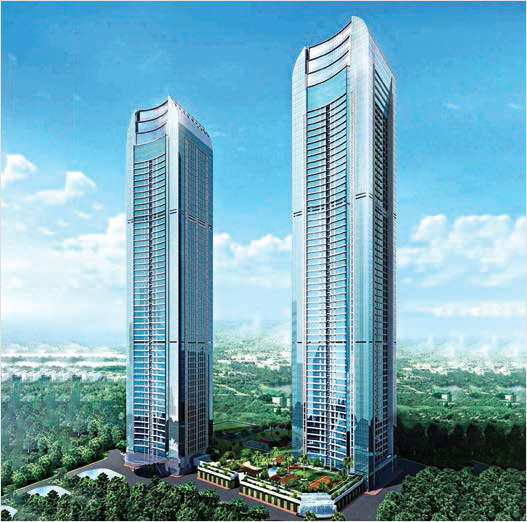
WFM: What are the key factors to consider while designing a façade?
KW: The façade of a building is akin to the clothes you wear. The clothes you wear not only represent your aesthetic choice, your mood; they also show how comfortable you are as a person. It is a very simple logic. It is like wearing wool or wearing linen. We choose based on the weather and occasion.
This is something that Architect Hafeez Contractor has always said in his conversations and we continue this ethos in our daily work.
In a country like India, colours and accessories are very important. They represent our culture and values. Projects too call for accessorising in the form of colours, new materials, etc.
How you plan and dress a building ultimately results in the façade. A façade can have many dimensions because it follows the form and plan of the building, often flowing into and out of your building.
From a technical point of view; we carefully consider aspects such as – U values, STC values, thermal insulation, light transmission; colour, aesthetics, maintainability and several other factors while selecting facade materials. It is a combination of all the factors and the above basic principles that form a facade.
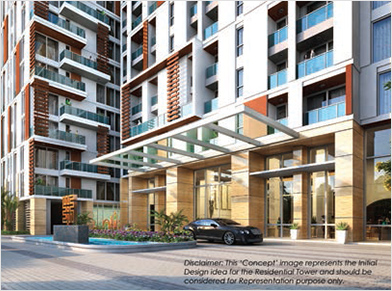
WFM: Could you please brief us on the important safety & security aspects to be factored while designing and executing façade for a high-rise building?
KW: Safety and security is not only if prime importance but is an architect’s responsibility while designing and specifying. While considering façade design, one has to specify the kind of materials that meet minimum standards.
If a building has floor-to-floor glass, then safety glass is always recommended. Typically we recommend a DGU with the sandwich panel of laminated glass for safety in floor to floor glass façades.
If there is a transom at about 1m height, we recommend that only the lower half should be a crash glass or any other safety glass, whereas the upper part could be of single glass. Choice of façade material is a science that balances between aesthetics, functionality and safety.
There are various types of Glass – Float Glass; Annealed Glass; Tempered Glass; Heat Soaked Glass; Laminated Glass & Crete Glass. Each one has different properties & strengths.
Simple example, while tempered glass is stronger than heat soaked glass & even breaks in roundish pieces as opposed to sharp ones; the Nickel Sulphide content makes tempered glass unpredictable as it causes sudden shattering that is not detectable. It happened in my own home so I know this very well. For this reason we tend to specify heat soaked glass more than tempered. This discussion is endless.
Acoustics also plays a very important part in the selection process. As cities get noisier, a key issue is noise cancellation, because of which the selection of right façade materials becomes important to block external noise. Well-insulated glass not only provides good acoustics, but also good thermal insulation. It plays a vital role in comfort levels. It is a myth that thermal glass is very expensive. In the long run it reduces air conditioning loads and energy consumption and hence life cycle cost of the project.
WFM: Please tell us about of some of the innovative technologies and materials which you have adopted for building facades?
KW: Well I don’t know about innovative but recently, we had the requirement of using bullet proof glass in one of our hotel projects in Delhi for the façade that was facing the airport runway. After a great deal of research on available products, we used 50mm triple glazed, triple A rating glass.
In many projects, we have proposed use of automated fenestrations that react to sunlight and time of day. But this dream of ours is yet to be realized and remains one major aspiration of ours.
WFM: How does the façade design affect ‘workability’ of buildings?
KW: The façade of a building has a direct impact on HVAC load, internal comfort, and the facade is the single connecting factor with nature and the outside world for occupants inside the building.
WFM: Please brief us on some of the opportunities and challenges faced by your firm?
KW: We are a large firm, and one daily challenge we face is how to transfer information or knowledge through the length and breadth of the office. A firm which grows in knowledge can always do better work. This has been a challenge for us and we continue to work daily to achieve this.
We find great opportunity in our youngest architects. Freshness of the mind and readiness to learn always brings innovative ideas to the drawing board. Odd as it may sound, in most projects, during the concept stage our studio output is influenced by our youngest architects. We believe that their ideas are as vital as the experience of senior architects.
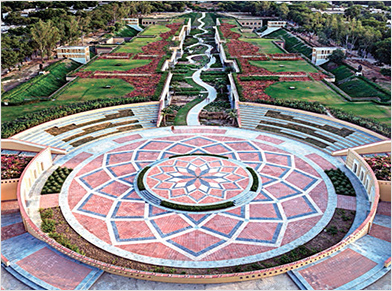
WFM: Was there any particular influence early in your career?
KW: Personally, my mentor and my leader is Architect Hafeez Contractor himself. Working closely with a master such as him for all these years has taught me virtually everything I know about this profession.
Besides, the various periods, styles, synergies, and processes found in architecture, nature and culture have also influenced me along with personal interactions with people from varied backgrounds and cultures.
WFM: Tell us about one thing that sets you apart from other contemporaries.
KW: This is not for me to ponder or judge, but I do believe in the continuous process of learning and evolving through our ideas, our designs and our people. We are fortunate that as a young group we have a body of work worth debating, at least we like to think so!
WFM: Which is the most challenging project you have worked on? Tell us about your learning experience?
KW: The most challenging project which I have personally worked on is a subterranean building for the Birla Institute of Technology and Science, Pilani, Rajasthan – New Academic Block (NAB) Building.
This has been the most important and influential project in my career till date.
The institute wanted to increase student intake from 3500 to 5000 students and also desired to modernise its existing facilities and infrastructure.
Construction of NAB has been envisioned and designed as a visual Link between the Grand Old Clock Tower, that sits atop the existing Academic Block on the north end of the campus, and the Saraswati Mandir that adorns the south end, forming the important visual axis. Between these important Pilani landmarks, lay a recreational ground of area 50,000 Sq m; this was the only large tract of land available for any meaningful construction.
The approach adopted was to avoid disturbing this important visual axis and hence, a subterranean building emerged as an option. We therefore deliberately placed the building in a subterranean way so as not to disturb this important visual axis that existed between Clock Tower and the Mandir for more than 50 years. The form emerged organically from the ground. New interlocking spaces were created with a central winding pathway leading from the Clock Tower to the Mandir.
The terrace has large skylights at irregular intervals to provide natural sunlight as well as break the monotony at ground level. A Grand Rotunda (50 m dia) was created, housing 1500 students for gatherings. It forms a fusion between the traditional architecture of the Pilani campus through a narrative of arches along the Clock Tower and contemporary seating, with ramps along the new building. The only “above the ground” structures are four grand archways having Rajasthani style arches, which are symbolic with the existing architecture of campus leading down to the new contemporary building.
All the work was carried out keeping in mind the harsh Pilani climate, which varies from 0 – 50 degrees centigrade, as also the culture, architecture and way of life in the campus.
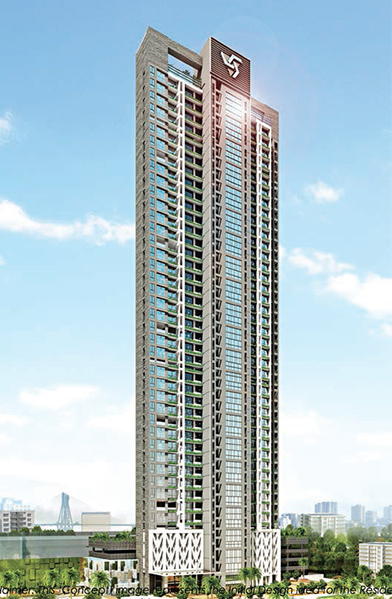
WFM: What is your ultimate goal when it comes to your work? What do you want to be remembered for?
KW: More than being remembered, our ultimate goal is to make sure that whatever we do is meaningful in a way that it truly satisfies the person commissioning the work and ensures that the journey of design to debate to execution is enjoyable as a whole. This, I believe, is the essence of our profession along with personal learning and growth through each project and each challenge.
WFM: What advice would you give to young designers?
KW: Hey, I still consider myself a young designer! What are you implying here….. There are miles to go and volumes to learn and explore.
The only assurance one can give a young designer, is that ‘Change is the only constant’! And the only advice one can offer a young designer is to stay young and back yourself!
WFM: What, in your opinion, is the future of design in India?
KW: The future of design in India is going to be a very sensitive balance between what is ecologically correct and what is appropriate from a business and economical point of view. This is a tricky gap to bridge, because, building what is ecologically correct costs money. But getting the two to work together needs a combination of skill; learning from our past; being updated with the present and being curious about the future.
Top Stories
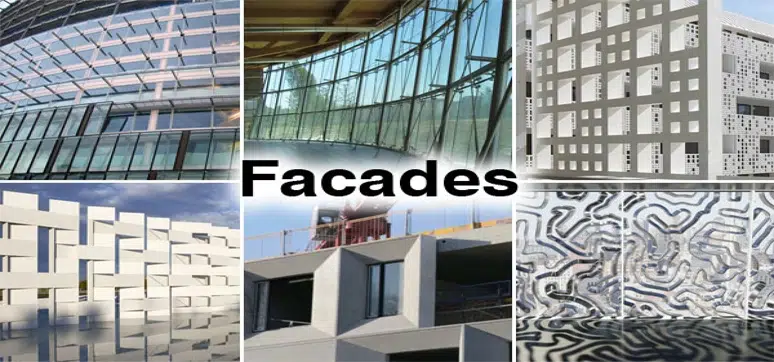
Façade Systems Market Size is Estimated to Reach USD 398.8 Billion by 2029
By: Abdul | April 16, 2024
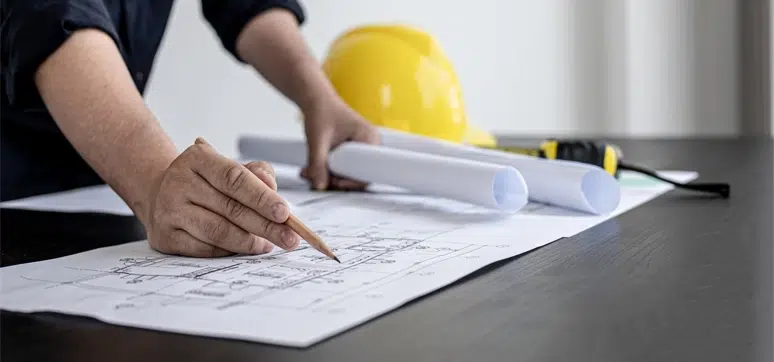
Improving Sustainability Alongside Fire Safety – Can We Deliver?
By: Abdul | April 16, 2024
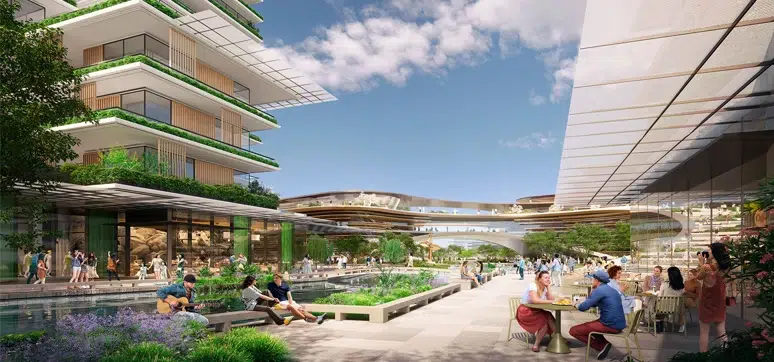
Foster + Partners Wins the Competition the New Xicen Science & Technology Centre
By: Abdul | April 9, 2024
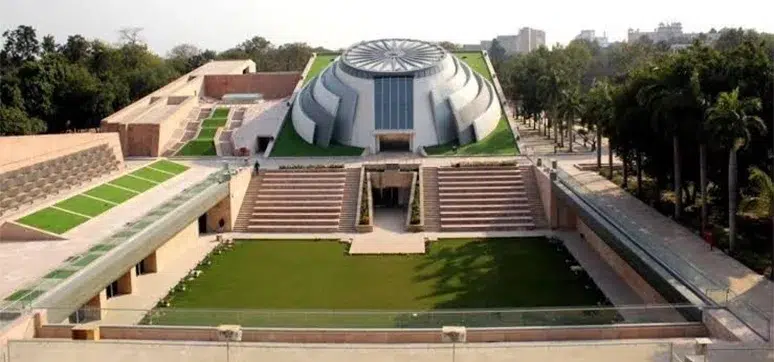
A Symbol of Architectural Brilliance & Cultural Significance
By: Abdul | April 8, 2024

